Ein Beitrag von: Martina Woll
Die Idee zu diesem Projekt kam mir genau am 19. September 2012, während der Arbeit. Ich bin Angestellte in einem kleinen Büro. Manchmal bin ich eine Weile allei und wenn ich meine Arbeit erledigt habe, schlendere ich mit meinem iPhone in der Hand durch die Büroräume auf der Suche nach Motiven.
Dann fotografiere ich zum Beispiel Büroutensilien wie Stifte, Klammern, Stempel oder auch die Schränke, Teppiche, Fenster, Jalousien, meine Kaffeetasse oder meine im Wartezimmer ausgestellten Fotos. Da das aber mit der Zeit langweilig wird, weil man ja nicht jede Woche neue Büroutensilien oder Mobiliar bekommt, stehe ich auch ganz gern mal am Fenster und beobachte, was draußen auf der Straße passiert.
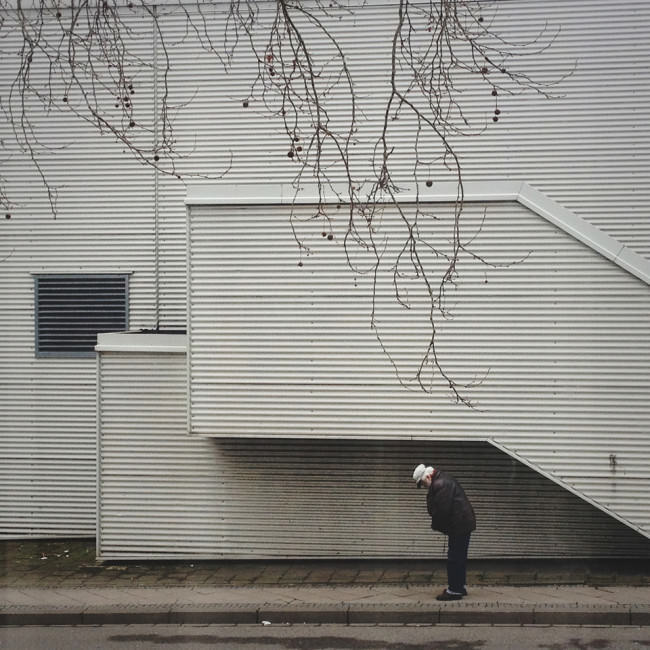
Unser Büro liegt in einer kleinen Seitenstraße parallel zu einer vielbefahrenen Straße, die in die Innenstadt führt. Direkt neben dem Haus ist eine kleine T-Kreuzung, in der Nähe befinden sich Berufsschulen, ein Studentenwohnheim, ein TÜV, ein Erotikdiscounter, der Drogenstrich und um drei Ecken auch der Hauptbahnhof. Es ist also eigentlich immer was los und es laufen die unterschiedlichsten Typen Mensch vorbei.
Auf der gegenüberliegenden Straßenseite befindet sich ein Renovierungsdiscounter. Vom Bürofenster meines Chefs aus kann ich die seitliche Hauswand des Discounters sehen, davor die Straße mit Bürgersteig, auf dem die Menschen vorbei gehen. Die Wand des Discounters ist mit Aluminium-Wellblech und einem kleinen Anbau versehen, was eine schöne grafische Wirkung hat, wie ich finde.
Dazu steht vor dem Fenster des Büros ein großer Baum, dessen Äste und Blätter ins Bild hineinragen und ihm einen ansprechenden Rahmen geben. So stand ich also an jenem Septembertag am Fenster im Büro meines Chefs und beobachtete das Treiben vor dem Haus. Das geht natürlich nur, wenn mein Chef nicht da ist, was aber meistens vormittags der Fall ist.
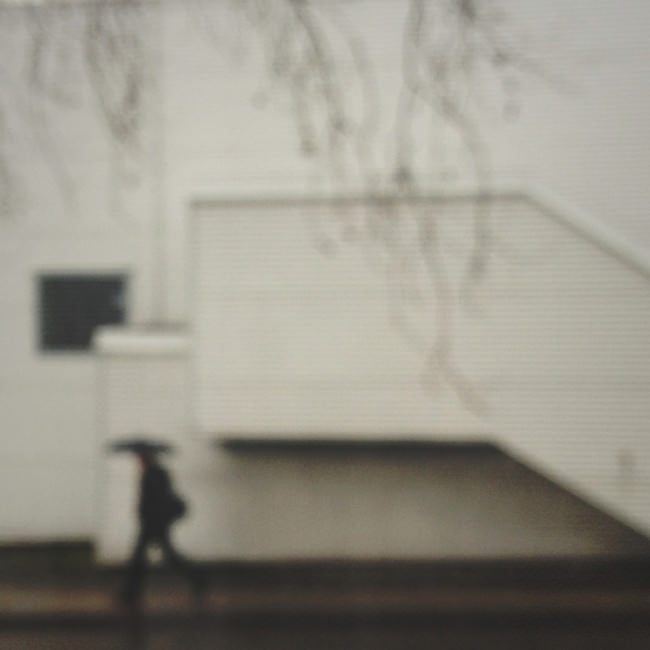
Ich fotografierte wieder einmal die Fassade, als eine Person durchs Bild lief. Da traf es mich wie ein Blitz und mir kam die Idee, doch einfach die Menschen, die an dieser Fassade vorbei gehen, zu fotografieren und gleich eine Serie daraus zu machen. Ein wahrer Geistesblitz und das nach sieben(!) Jahren, die ich bis dahin in diesem Büro arbeitete.
Zunächst hatte ich mich nicht wirklich auf einen bestimmten Bildschnitt festgelegt und habe die Leute immer grade da fotografiert, wo ich sie entdeckte. Die Idee, nur einen ganz speziellen Bildausschnitt zu verwenden, kam mir erst nach einer Weile, als ich einen gewissen Blick für die Szenerie entwickelt hatte.
Der Titel der Serie ist eigentlich auch nicht ganz richtig. Wollte ich anfangs nur die Menschen fotografieren, die durchs Bild gingen, wurde mir schnell klar, dass ich doch gern alles, was in diesem Bildausschnitt passiert, für die Serie festhalten wollte, also auch Radfahrer, Autos, LKWs, Tiere. Der Grundgedanke war aber, die vorbeigehenden Menschen zu fotografieren, weshalb ich den Namen „the walking series“ beibehalten werde.
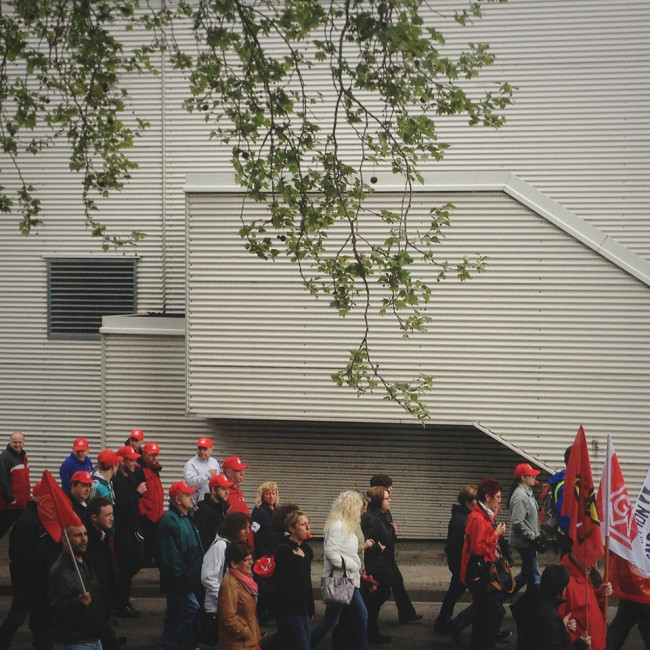
Nach einer kleinen Weile entschied ich mich also für einen Bildausschnitt vom Lüftungsschacht links neben dem Anbau bis hin zu diesem Fleck in der Fassade rechts im Bild, um eine Konstante reinzubringen. Das gelingt natürlich nicht immer, weil die Kamera vielleicht nicht schnell genug scharf stellt oder die Person zu schnell durchs Bild läuft.
Generell ist alles, was schneller als Schrittgeschwindigkeit ist, eine Herausforderung, denn meine Sicht aus dem Fenster ist begrenzt und ich sehe nicht wirklich, was von links oder rechts angerauscht kommt. Ich habe nur einen Bruchteil einer Sekunde Zeit, das Bild zu machen.
Dann gibt es auch ganz unglückliche Momente, wenn ich etwa die Kamera kurz herunter nehme, weil mir der Arm vom minutenlangen Hochhalten – um nichts zu verpassen – weh tut und just in diesem Moment etwas passiert. So rollte kürzlich ein Junge auf einem Skateboard vorbei, gerade als ich die Kamera vom Fenster wegnahm und nicht mehr schnell genug reagieren konnte.

Sehr ärgerlich, denn einen Skateboarder habe ich noch nicht in meiner Serie! Ich möchte nämlich gern alles Mögliche in meiner Serie vereinen. Ein schickes Auto, ein interessanter Fußgänger, Radfahrer, LKW-Fahrer, die Müllmänner, den Postboten, Schulkinder, Rentner, Gassi-Geher, die „Prostituierte von nebenan“ … einfach von allem etwas.
Es gehört sehr viel Glück dazu, gerade in dem Moment am Fenster zu stehen, in dem etwas Interessantes passiert. Und natürlich stehe ich nicht den ganzen Tag am Fenster, ein wenig arbeiten muss ich „zwischendurch“ ja auch noch. Es sind vielleicht ein paar Minuten am Stück, manchmal auch mehrere Male über den Tag verteilt, die ich am Fenster auf Motive warte.
Wer weiß, was ich alles verpasse, wenn ich an meinem eigenen Schreibtisch sitze, mit wunderschönem Panoramablick auf unseren Aktenschrank. Ich hatte schon überlegt, meinen Chef zu fragen, ob wir die Büros tauschen, aber dann arbeite ich womöglich gar nicht mehr.
Ganz hibbelig werde ich, wenn mich mein Chef zu sich ins Büro zitiert und ich dann mit Blick zum Fenster vor seinem Schreibtisch stehe. In einem solchen Moment habe ich dann natürlich kein iPhone in der Hand und wie das Leben so spielt, passiert oft ausgerechnet dann etwas Sehenswertes.
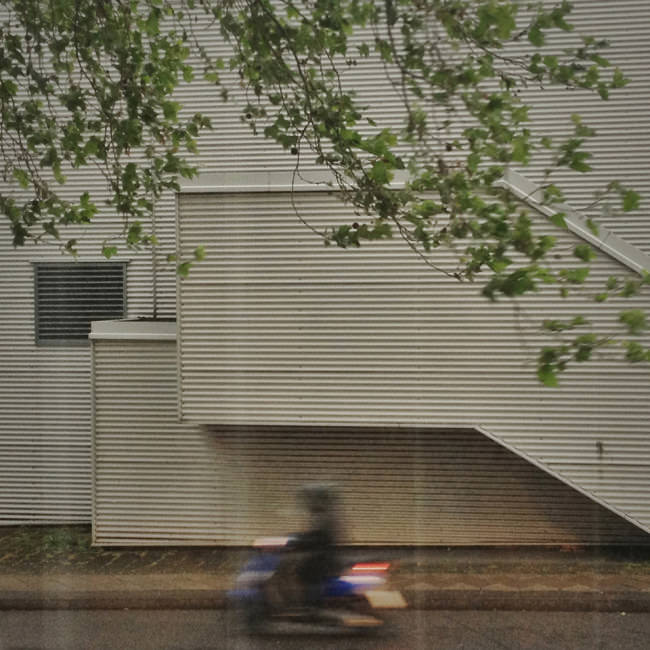
Anderseits könnte ich meinem Chef auch von der Serie erzählen. Ich denke nicht, dass er ein Problem damit hätte, wenn ich während der Besprechung dann mal kurz ans Fenster springe und ein Foto mache.
Aber zurück zur Serie. An sich mag ich es am liebsten, wenn es bewölkt ist, dann sind die Lichter und Schatten im Bild nicht zu hart und man kann sich ganz der Person oder dem Geschehen im Bild widmen. Aber auch Sonnenschein und der dadurch entstehende Schatten des Baumes an der Fassade haben durchaus ihren Reiz! Man kann dann schöne „Such-Bilder“ zaubern.
Die Bildqualität des iPhones ist leider nicht so optimal, erst recht nicht, weil ich für den gewünschten Bildschnitt ein wenig Zoomen muss. Bei Sonnenschein oder bewölktem Himmel geht es noch, schlimm wird es schlechten Lichtverhältnissen wie etwa bei Regen oder frühabendlicher Dämmerung in den Wintermonaten.
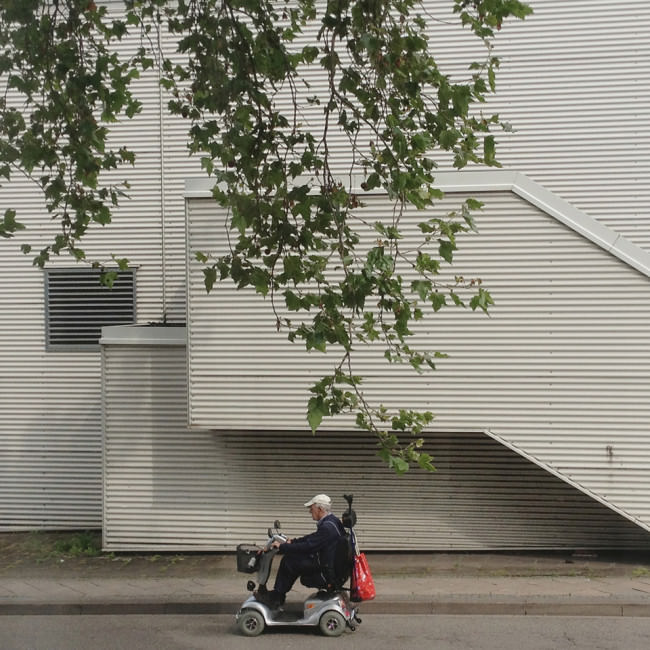
Da muss ich dann leider mit einem Qualitätsverlust leben. Die Schärfe verrutscht auch des Öfteren mal, weil die Kamera gern auf den ins Bild ragenden Ast scharf stellt, statt auf die Fassade dahinter. Manch einer wird sich jetzt sicher fragen, warum ich dann nicht einfach auf eine „richtige“ Kamera zurückgreife, die qualitativ hochwertige Bilder macht.
Ist ja auch nicht so, als hätte ich nicht genug davon. Nun, ich habe natürlich schon darüber nachgedacht, mehrmals sogar, und war auch schon kurz davor, die Kamera zu wechseln, aber ich habe die Serie als iPhone-Fotoprojekt gestartet und so möchte ich sie auch weiter- und irgendwann zu Ende führen. Außerdem liebe ich es, trotz diverser Schwächen, mit dem iPhone zu fotografieren.
Es hat den Vorteil, dass ich die geschossenen Bilder gleich bearbeiten und bei Instagram und Tumblr hochladen kann. Mit einer „richtigen“ Kamera müsste ich die Bilder erst auf den PC laden, dort bearbeiten und wieder auf’s iPhone packen, um sie dann von dort hochladen zu können. Das ist mir zu umständlich und langwierig. Da verzichte ich lieber auf etwas Bildqualität, zumal ich sie ja eh nie großformatig drucken lassen oder ausstellen werde.

An Bildbearbeitung mache ich übrigens gar nicht so viel. Ich nehme die Bilder im Querformat auf, schneide sie mit einer Bildbearbeitungs-App meiner Wahl (VSCOcam, Afterlight) quadratisch und stelle höchstens die Helligkeit ein und aktiviere die Funktion „Fade“, womit sich die Schatten etwas aufhellen lassen.
Die Bilder sind natürlich alle „ungestellt“, aber ein paar inszenierte Aufnahmen musste ich dann doch machen. So habe ich zum Beispiel meinem Mann die Kamera in die Hand gedrückt, bin selber mal durchs Bild gelaufen und habe im Gegenzug natürlich auch meinen Mann fotografiert.
Oder ich habe ihn gebeten, mit Herbie vorbei zu fahren, damit auch er, also Herbie, ein Teil der Serie wird. Einige Freunde haben auch schon angedroht, vorbeizukommen und durch’s Bild zu laufen. Vielleicht mache ich daraus dann ein kleines Special, wenn sich genug Leute finden.
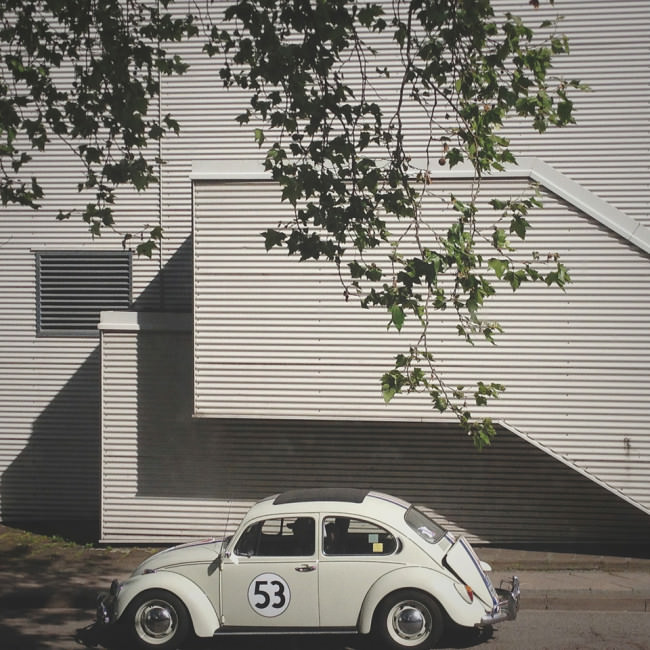
Meine Serie wird nun bald ein Jahr alt und zum Jubiläum möchte ich einen kleinen Bildband herausbringen. Wer diesbezüglich auf dem Laufenden bleiben möchte, der darf mir gern bei Instagram, Tumblr oder Facebook folgen, dort werde ich alles Entsprechende verkünden.

kwerfeldein – Fotografie Magazin

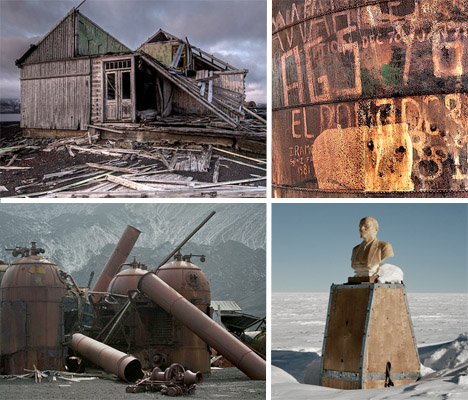
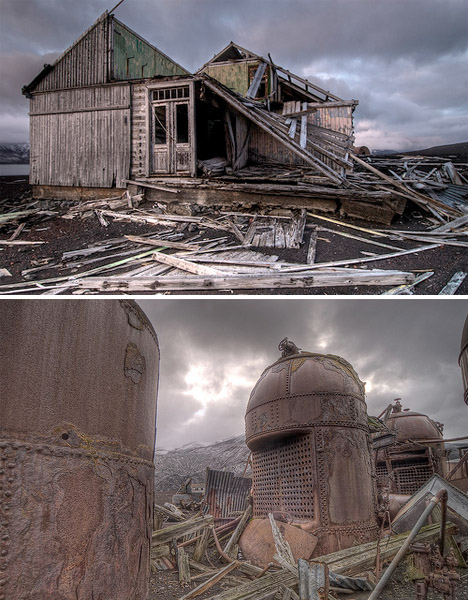
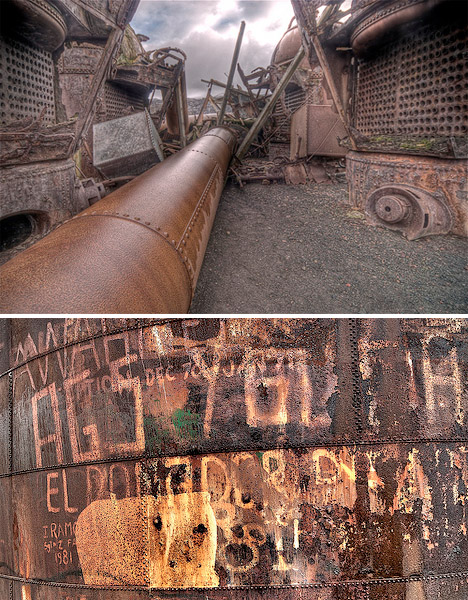

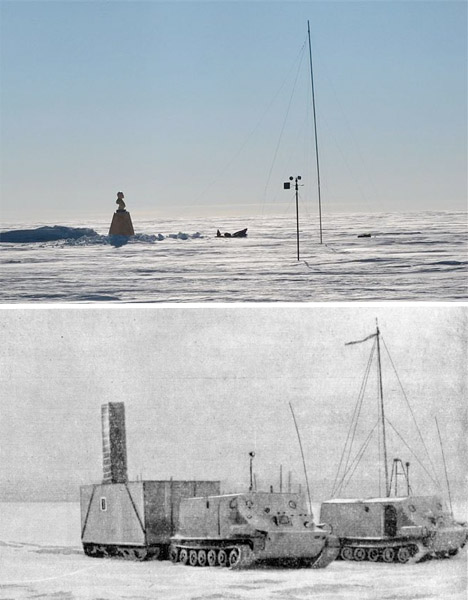
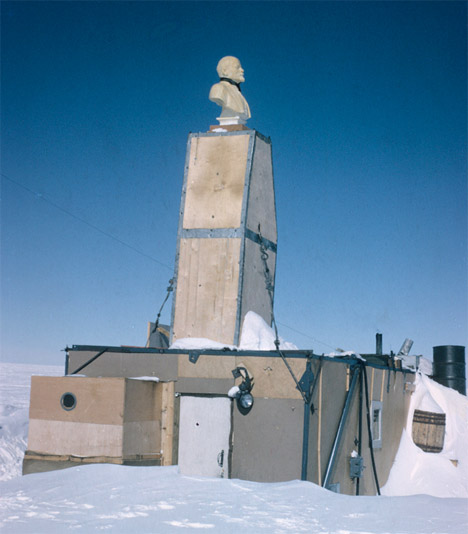
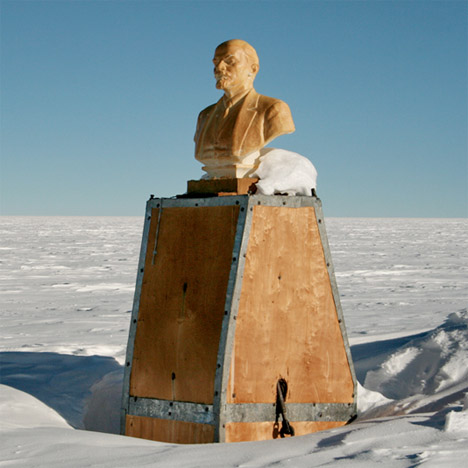
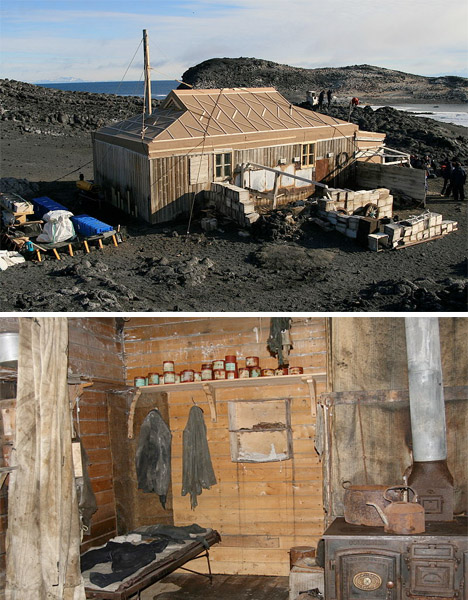
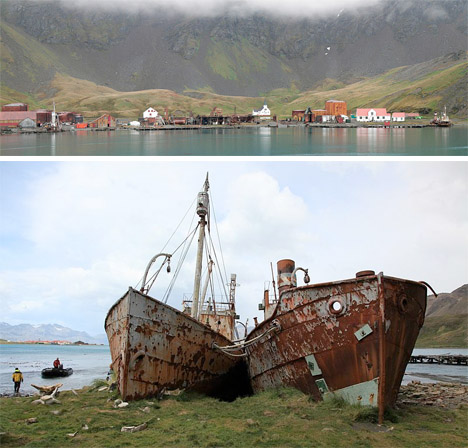
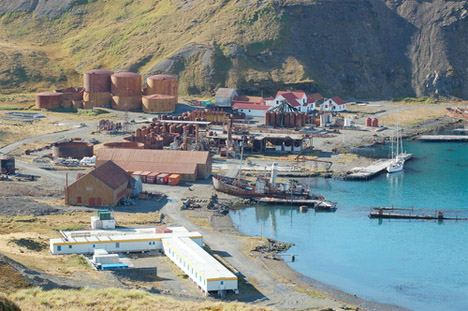









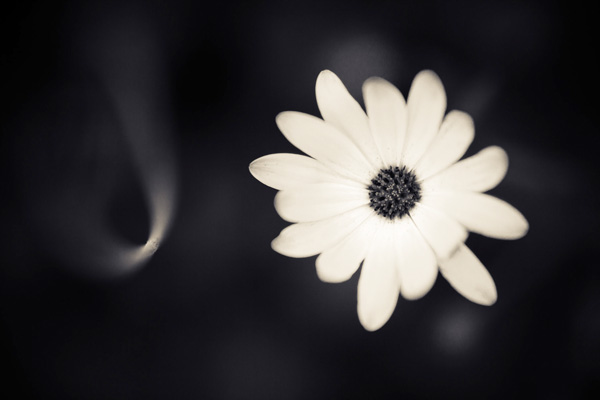



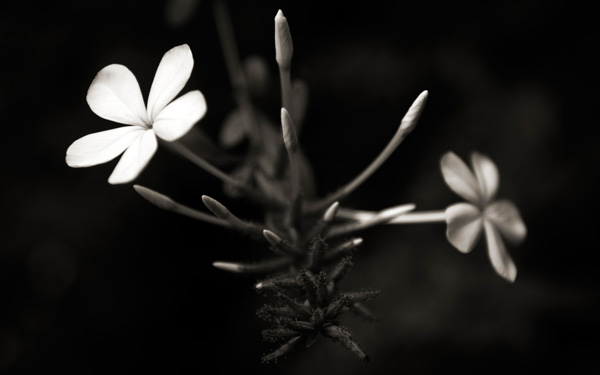


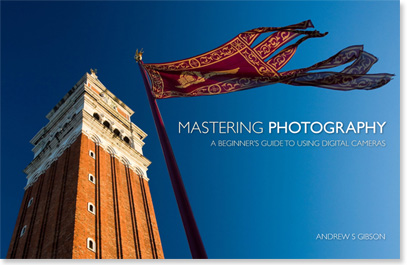

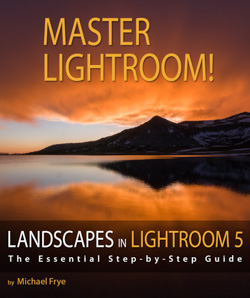 Friend and fellow landscape photographer Michael Frye has released a new ebook today:
Friend and fellow landscape photographer Michael Frye has released a new ebook today: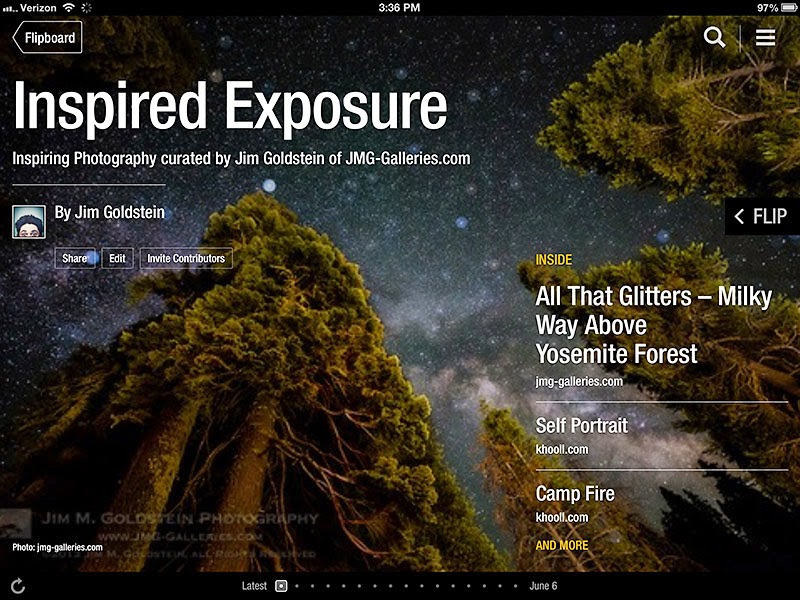
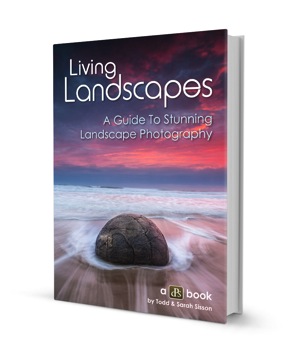 Last week we, with great excitement, let you know about our anticipated new Landscape Photography eBook with a 33% discount for early birds.
Last week we, with great excitement, let you know about our anticipated new Landscape Photography eBook with a 33% discount for early birds.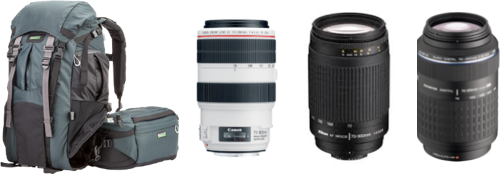









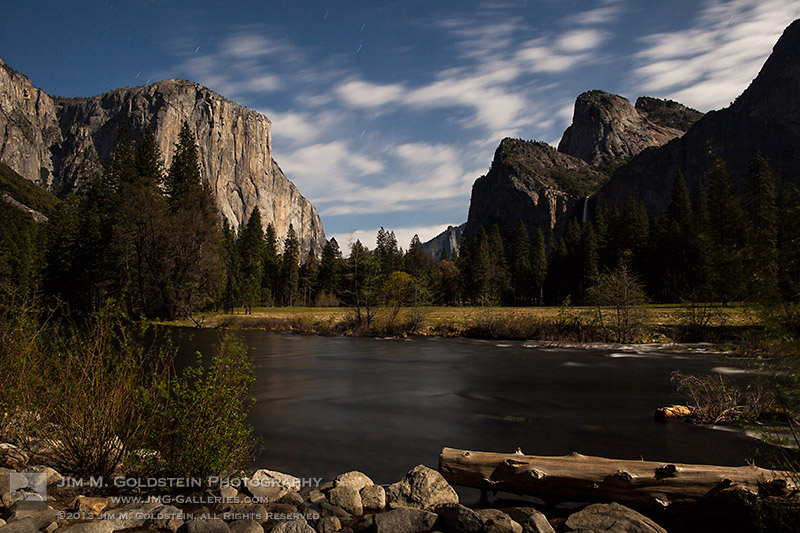
You must be logged in to post a comment.